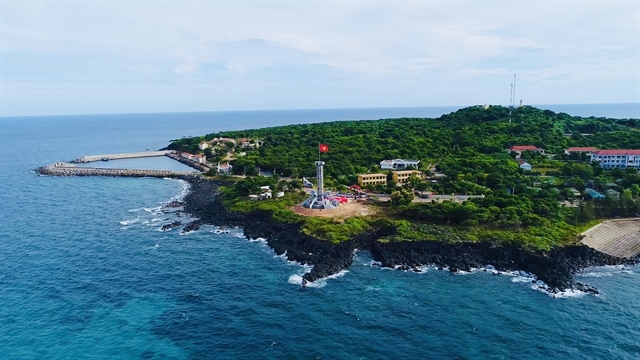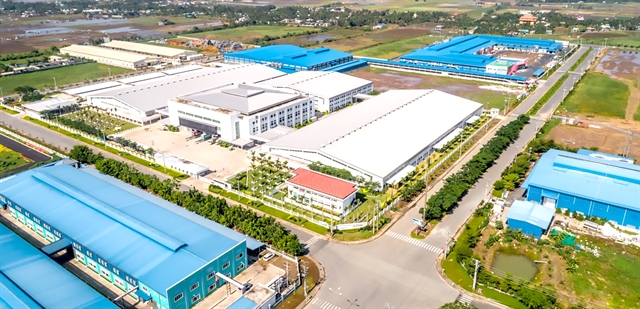 Economy
Economy

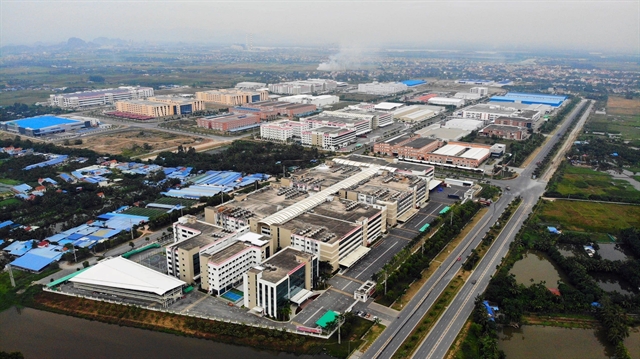 |
| A view of Vietnam-Singapore Industry Park Hải Phòng. Việt Nam's industrial land area exceeds 38,000 hectares across 203 operational industrial zones, or a 5 per cent increase year-on-year. —VNA/VNS Photo |
The semiconductor industry is playing a key role in the growth of Việt Nam's industrial real estate market, driven by increased investments and government support policies.
Việt Nam's total registered FDI reached about US$38.2 billion in 2024, according to the Foreign Investment Agency of the Ministry of Planning and Investment. Major projects in high-value-added sectors such as semiconductors, energy and electronics manufacturing received new investments and capital expansions.
“Việt Nam is emerging as a strategic destination for large tech corporations due to its advantageous location in the global supply chain. The wave of investments into high-tech projects and R&D centres boosts demand for infrastructure and ready-built factories and opens up potential growth for the industrial real estate market,” remarked Thomas Rooney, associate director of Industrial Services at Savills Hanoi.
Specifically, according to Savills Industrial Insider Report 2024, the national industrial land area exceeds 38.200 hectares across 203 operational industrial zones, reflecting a five per cent increase year-on-year.
Việt Nam benefits from its proximity to the Silicon Valley of China (Guangzhou-Shenzhen-Dongguan), making it a prime location for supply chain diversification strategies. This helps major companies reduce dependency on China (the China +1 strategy) and mitigate geopolitical risks.
Robust infrastructure and transportation policies continue to enhance Việt Nam’s appeal to foreign investors. With seven per cent of GDP allocated to key projects like the North-South expressway, Long Thành International Airport and deep-water ports such as Cái Mép in Bà Rịa Vũng Tàu, the country can directly connect to Europe, the Americas and Southeast Asia.
Moreover, the country’s abundant workforce, policies supporting high-tech projects and ongoing infrastructure improvements make Việt Nam an attractive destination for international investors, positioning it as a high-tech manufacturing hub.
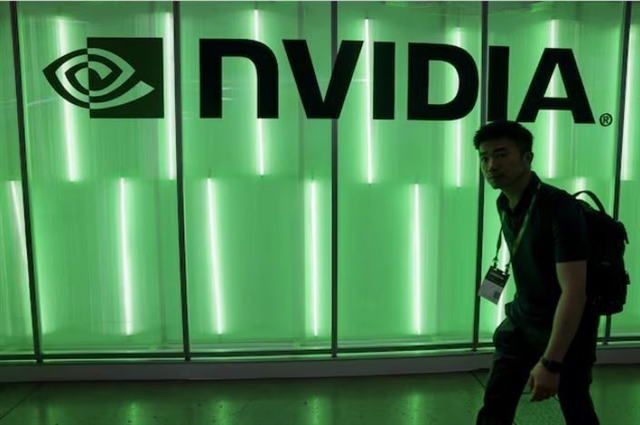 |
| NVIDIA logo at a computer exhibition in Taiwan. NVIDIA's establishment of an R&D centre in Việt Nam will stimulate demand for the development of high-tech zones. REUTERS/VNA Photo |
The recent cooperation agreement between the Vietnamese Government and NVIDIA, a world leader in AI and semiconductors, marks a significant milestone and presents an opportunity for Việt Nam to become Asia’s leading AI R&D centre.
“NVIDIA's establishment of an R&D centre in Việt Nam will stimulate demand for the development of high-tech zones, increase the value of industrial real estate and attract further capital from major tech investors. This will elevate industrial zones and expand opportunities for modern infrastructure development and supporting industries," Rooney said.
“By 2025-2026, semiconductors will remain a hot topic. Việt Nam maximises its advantages while creating favourable conditions to attract more investors.”
One key factor that makes Việt Nam stand out in the semiconductor industry is its ample rare earth resources, ranking second in the world only after China in terms of reserve, according to the report.
These are the vital raw materials for electronics and semiconductor chip manufacturing, offering significant opportunities for the sustainable growth of the industry in Việt Nam.
Notably, the Government is implementing numerous favourable policies to develop the semiconductor industry in Việt Nam. The quality of the workforce in this sector is continuously improving.
On September 21, 2024, the Prime Minister approved a programme on developing human resources for the semiconductor industry to 2030, with a vision to 2050. It is projected to train at least 50.000 graduates with a university degree or higher, to meet the sector's development needs.
The National Assembly Standing Committee has also accepted a fund to support investors in high-tech projects aimed at stabilising the investment environment, enhancing competitiveness and attracting strategic investors.
Additionally, the Government has endorsed the National Power Development Plan VIII, ensuring a stable electricity supply for investment projects, focusing on sustainable energy solutions.
Local authorities and industrial zone management boards have committed to providing adequate electricity and water to meet the needs of semiconductor producers.
With these advantages, along with the Government’s strategic direction and development efforts, Việt Nam’s industrial real estate continues to attract interest from semiconductor investors.
Notably, ready-built factories and warehouses by major ready-build developer industry players such as Frasers, Logos and IDEC in Bắc Ninh Province meet the strict requirements of the semiconductor industry, featuring modern infrastructure and fire safety systems. These projects are located near international airports, facilitating easy transport and trade for investors.
Moreover, the Thuận Thành Industrial Park in Bắc Ninh, with convenient transport links to Hà Nội, Hải Phòng Port and Nội Bài International Airport, is positioned as a sustainable, environmentally friendly industrial park designed to attract high-tech industries such as semiconductors.
“To accommodate the investment from both domestic and international companies, not only are new industrial parks being built with green models, but existing parks are also undergoing infrastructure upgrades," Associate Director Rooney at Savills Hanoi said.
"Over the next three years, Vietnam-Singapore Industry Park (VSIP) will upgrade several industrial parks, starting with the project in Long An Province, the first in the south,” he added. VNS

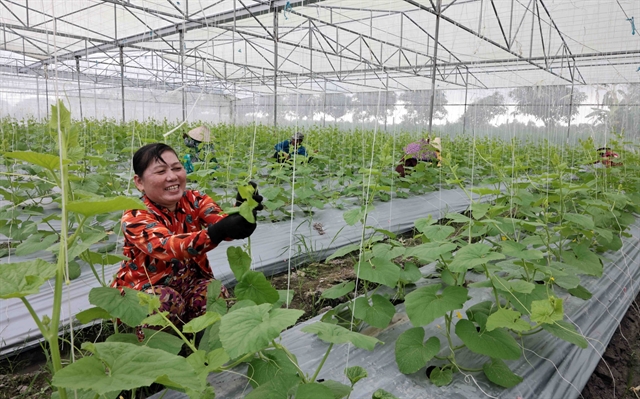

.jpg)
